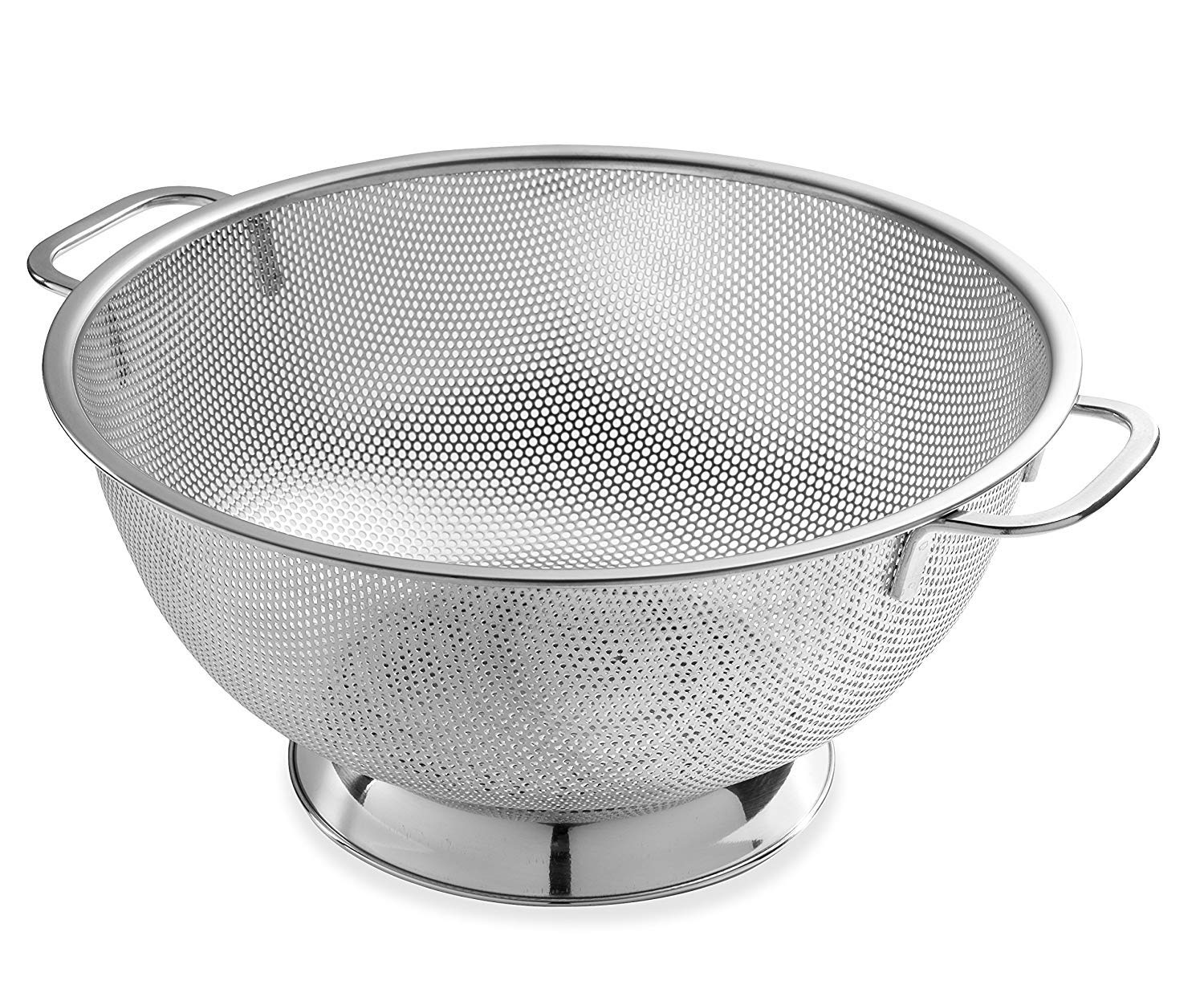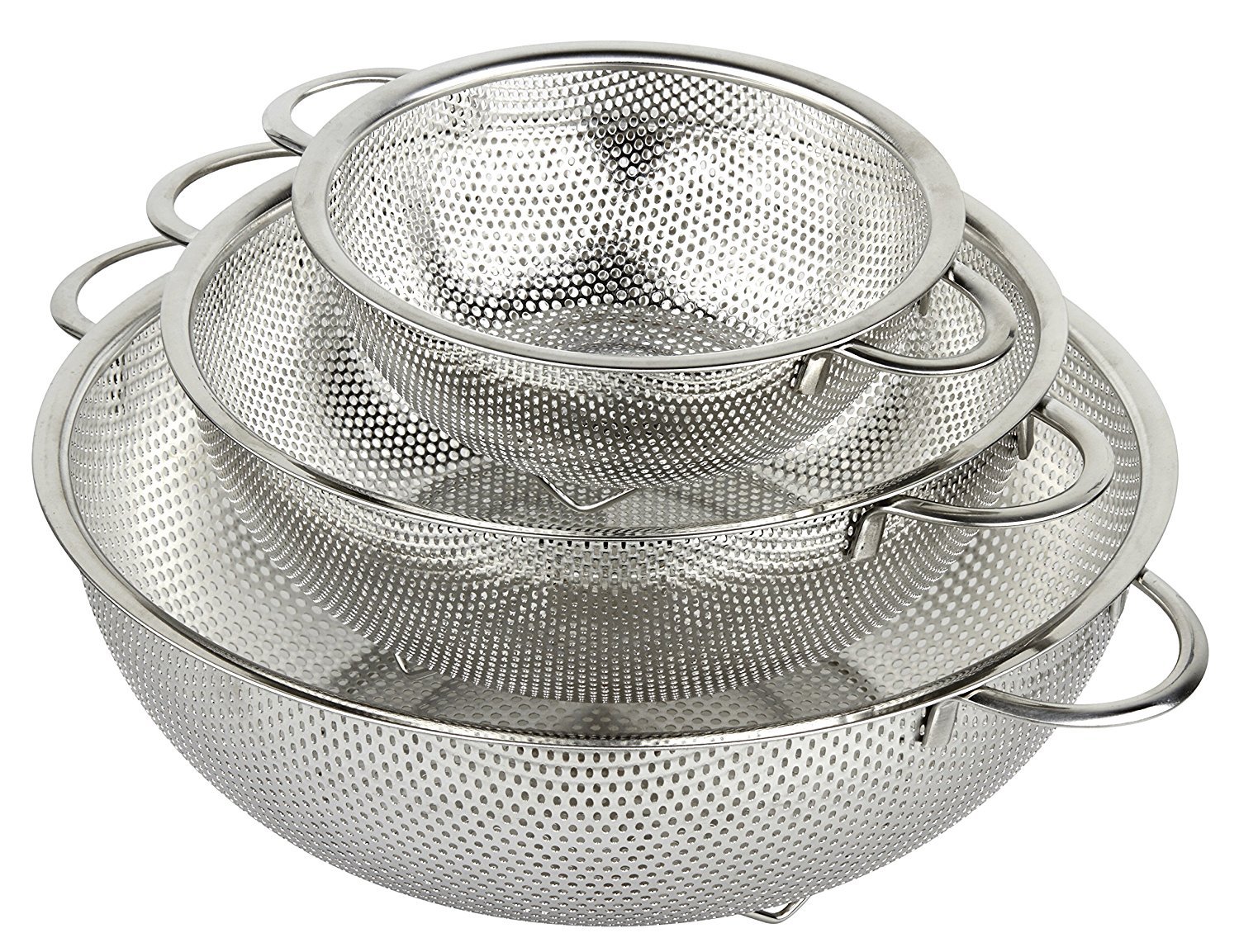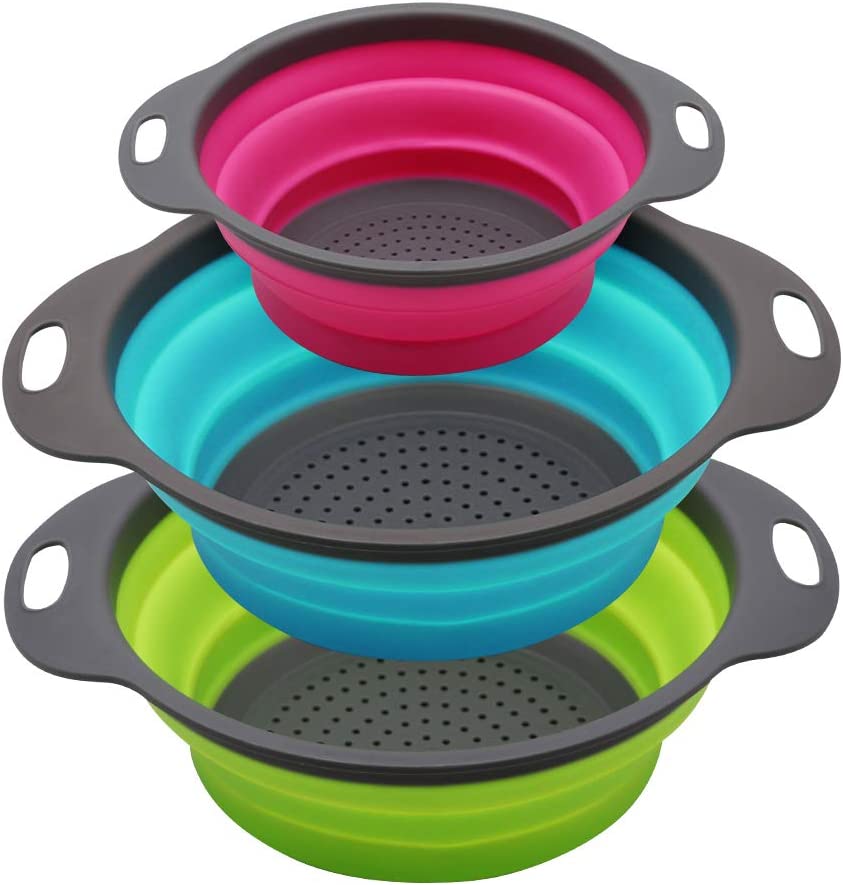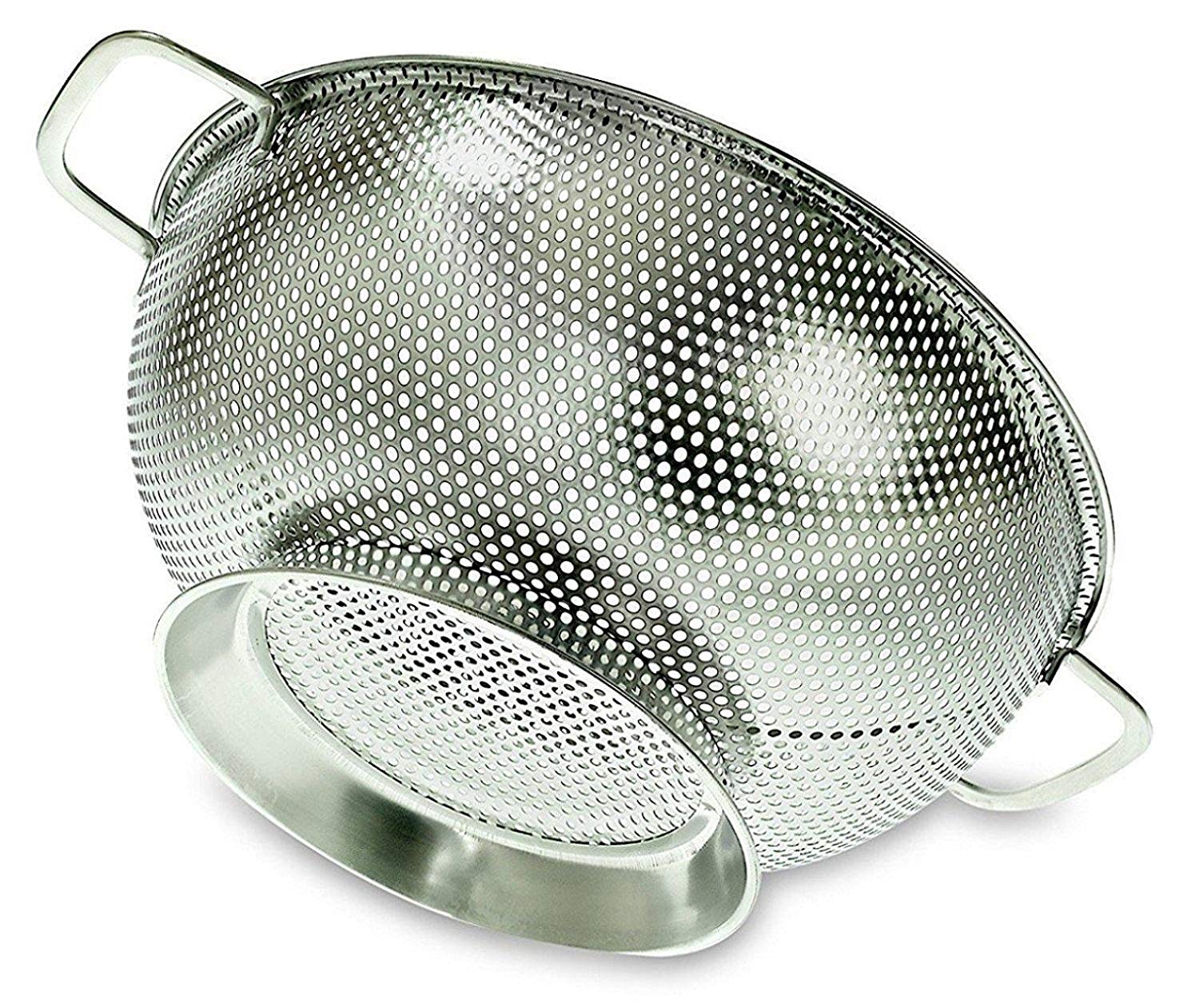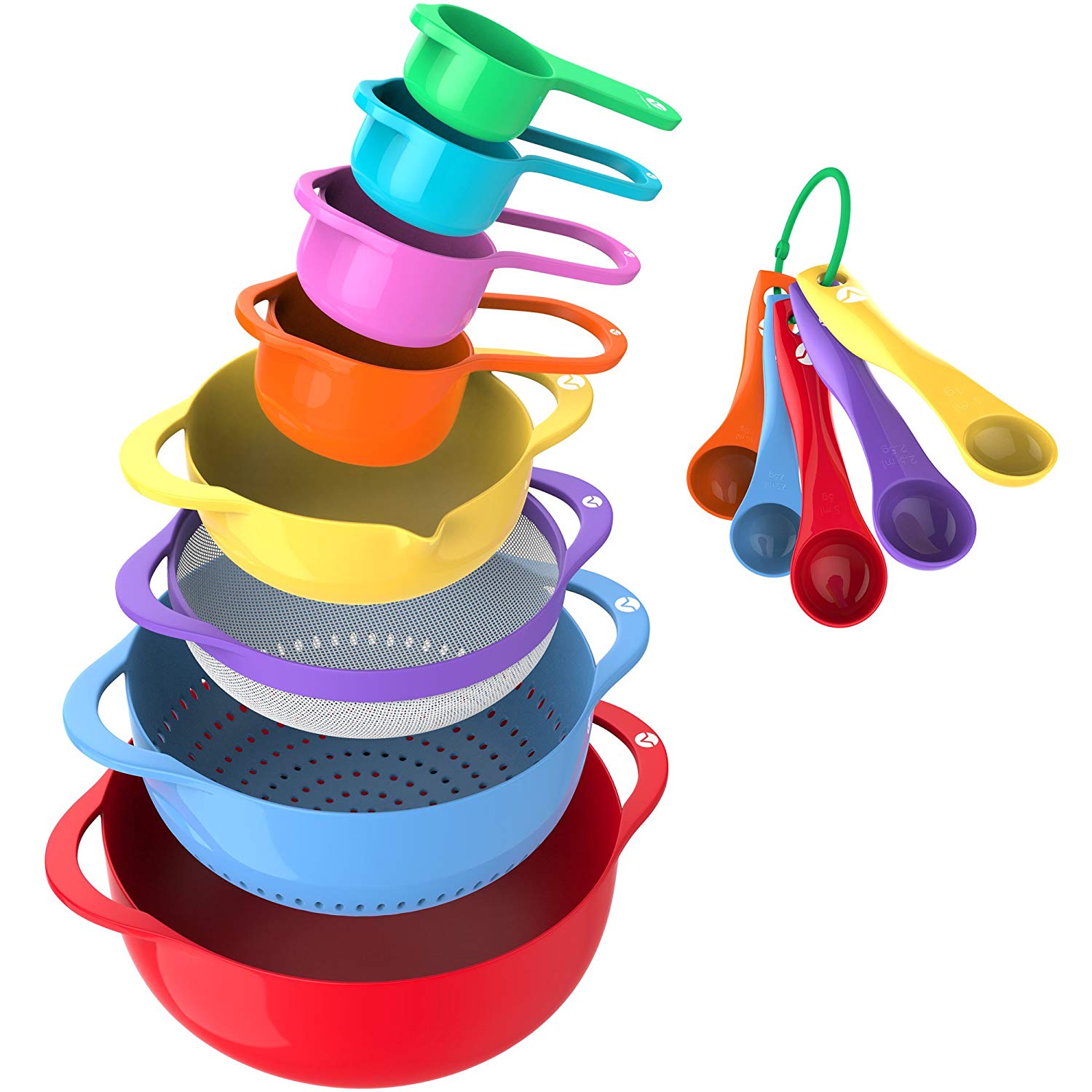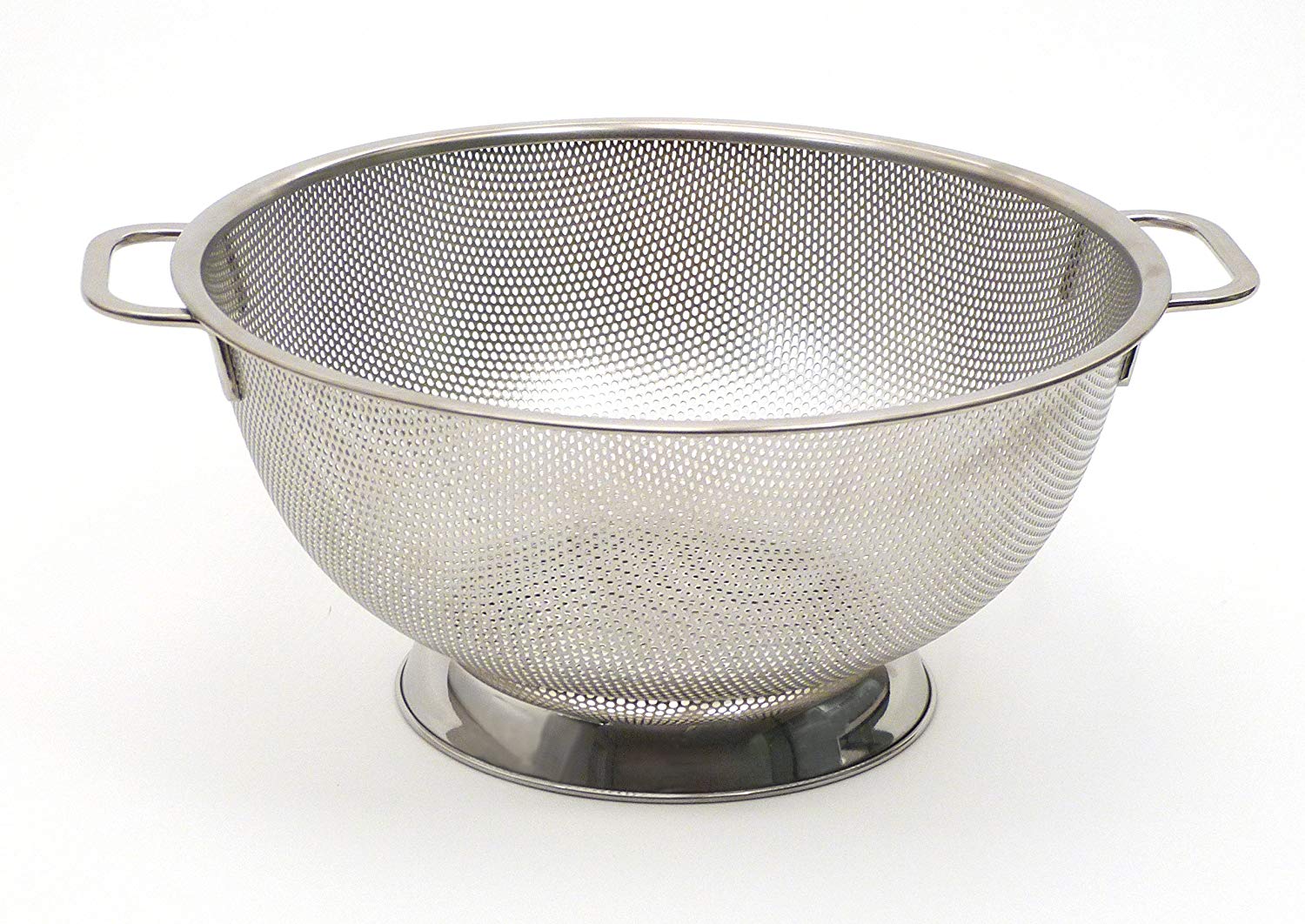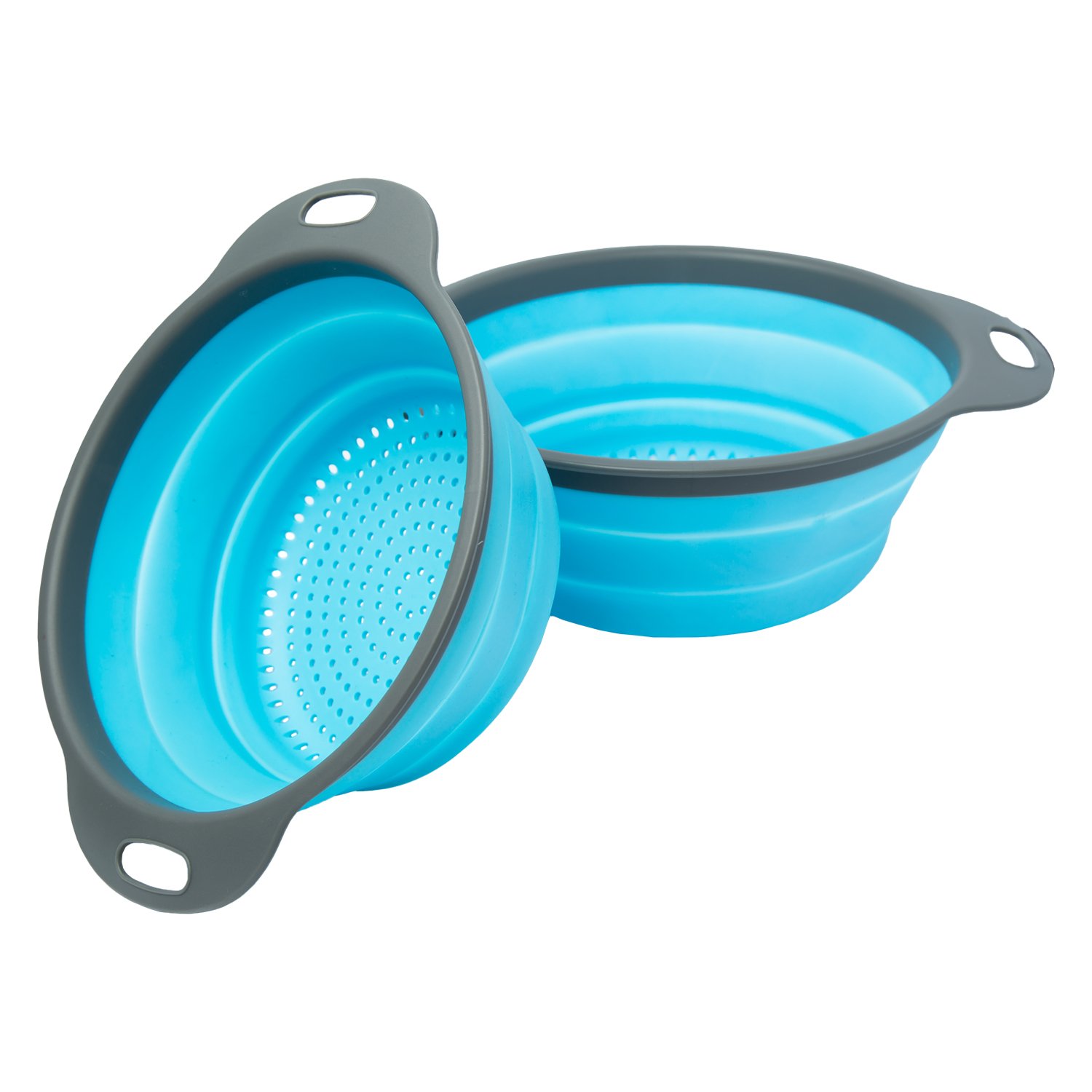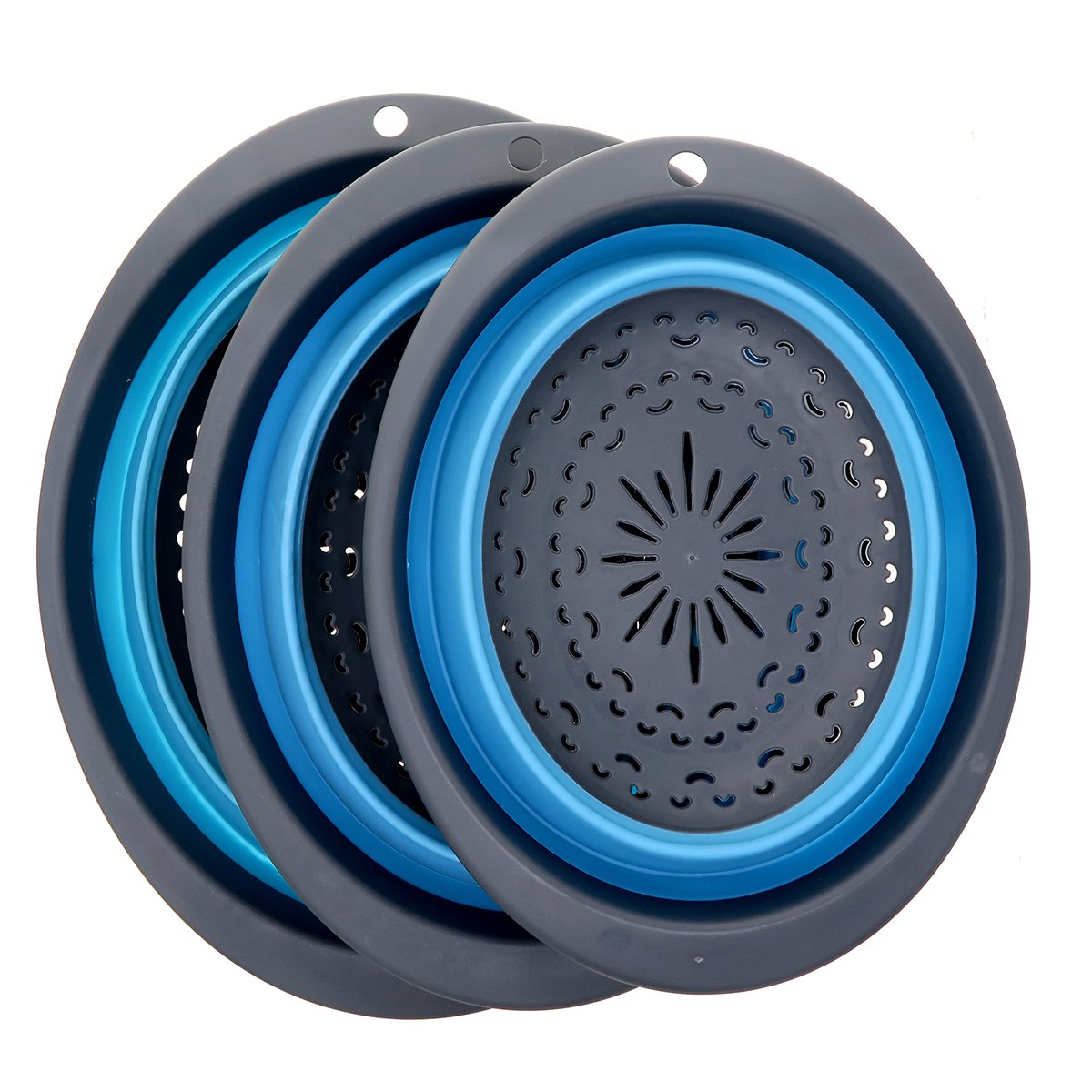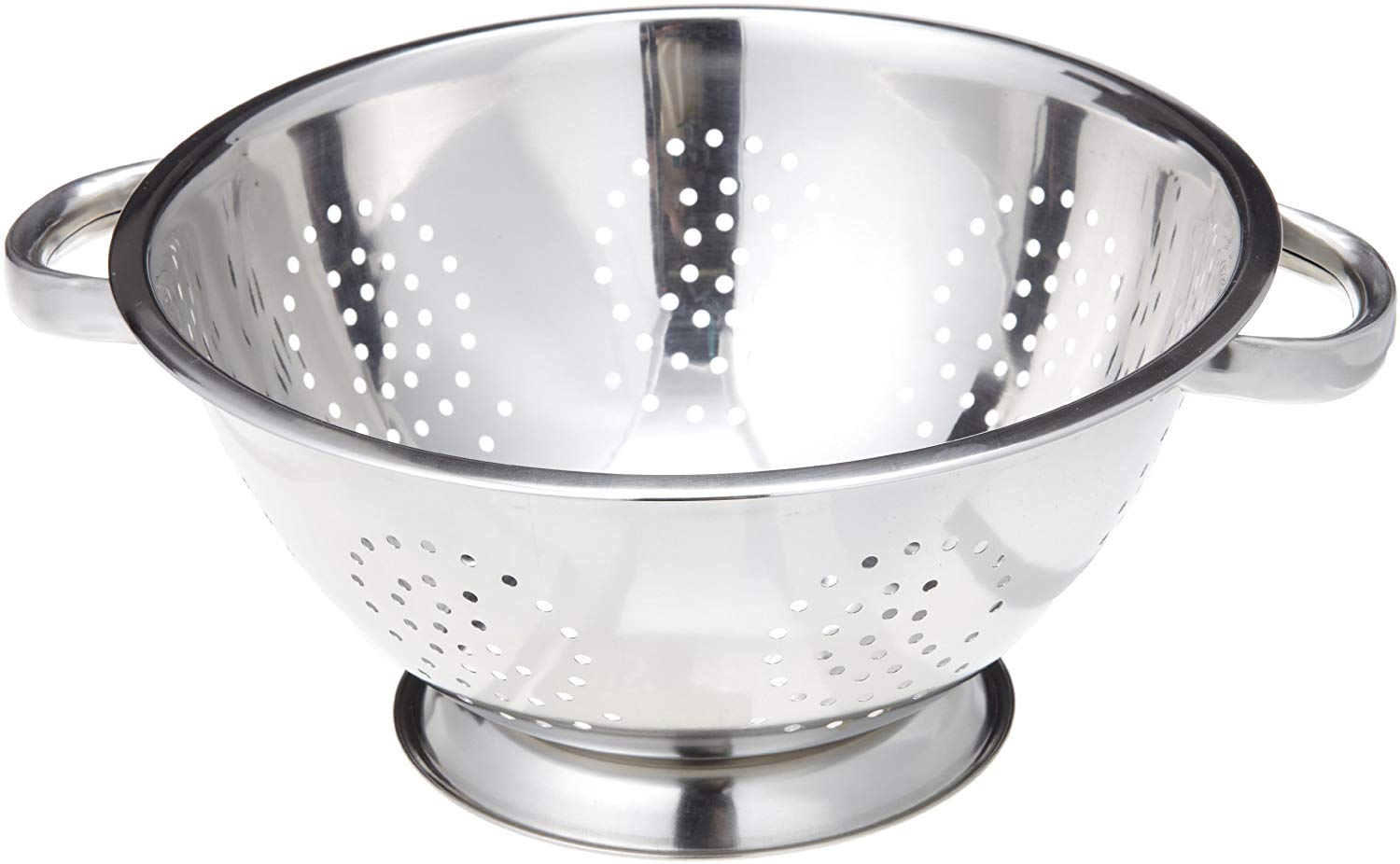Bellemain Micro-Perforated Rust-Proof Colander Set, 5-Quart
Last updated: November 9, 2022
The well-designed Bellemain Micro-Perforated Colander, 5 qt has a raised base that keeps it steady on the counter and allows it to drain easily in the sink. The hole sizes are suitable for straining everything from grains to pasta. It's rust-proof and dishwasher-safe, and the lifetime manufacturer's warranty provides a little extra peace of mind.
We looked at the top Colander Sets and dug through the reviews from some of the most popular review sites. Through this analysis, we've determined the best Colander Set you should buy.
Product Details
Key Takeaway: The Bellemain Micro-Perforated Colander, 5qt's tiny pores and raised base accommodate most foods.
In our analysis of 41 expert reviews, the Bellemain Micro-Perforated Rust-Proof Colander Set, 5-Quart
placed 7th when we looked at the top 10 products in the category. For the full ranking,
see below.
From The Manufacturer
A big improvement over both old-fashioned colanders with gaping holes and mesh colanders. They drain fast and won’t clog up with food. QUICK DRAINING MICRO-PERFORATIONS: Tiny, closely spaced holes mean your food drains fast without having to tilt the bowl. The stable draining ring base won’t tip over and won’t leave your food sitting in a puddle. RUST-PROOF DISHWASHER SAFE 18/10 STAINLESS STEEL: You’ll be impressed with the quality of the heavy duty steel with riveted handles. Designed to stand up to the rigors of a professional kitchen. STRAIN EVEN TINY GRAINS AND PASTAS: The holes in this colander are small enough that you can strain most beans, pastas, and grains as well as fruits and vegetables without any worries. HEAVY DUTY STEEL TO LAST A LIFETIME: High quality steel for a colander that is thicker and more durable than any colander you’ve ever had. Easy cleanup – just run it through the dishwasher.
Expert Reviews
What reviewers liked
Base is one solid circle of stainless steel that keeps the colander safely level. It also keeps your food elevated above the floor of the sink and whatever water hasn't yet gone down the drain.
Foods like spaghetti and rice won't fall through the holes that are seen in many colanders.
The loop design of the handles allows the strainer to be easily hang up when not in use. The solid base is raised so as to facilitate fast drainage down the sink.
It has two handles secured on either side to provide a better grip. The handles are looped so that you can hang it in your kitchen. It features a sturdy bottom ring for enhanced stability on any surface.
Has a great price point, a stable steel construction, a perfect hole size, and a good handle placement.
Its holes were small enough to rinse rice and drain pasta without clogging.
The structure is rust proof and dishwasher safe which makes it very easy for the customer to use daily as there is no washing from hands involved.
Dishwasher safe and it works like beans, pasta, and grains, fruits, and vegetables without any worries. They provide a lifetime warranty against manufacturer’s defectives.
It's large and durable enough to handle anything from a full pot of pasta to an entire bushel of grapes.
This colander features premium riveted handles. The ultra-wide base makes cooking a lot easier. This colander can easily accommodate about five pounds of spaghetti.
Rice and spaghetti won't fall through micro-perforations. Drains fast. Stable draining ring base won't tip. Rust-proof, dishwasher-safe 18/10 stainless steel. Riveted handles. No roughness. Cleans well. Not meant foor rinsing dry rice or quinoa.
It is very durable. The base and handles are very sturdy. It is dishwasher safe.
What reviewers didn't like
This is slightly heavy.
Base is solid, so if you place it in the center of youe sink, it will block drainage.
The holes are not tiny enough, small grains still fall through.
From our partners
